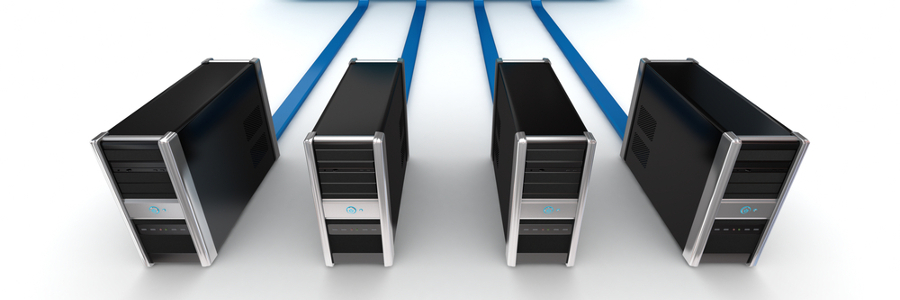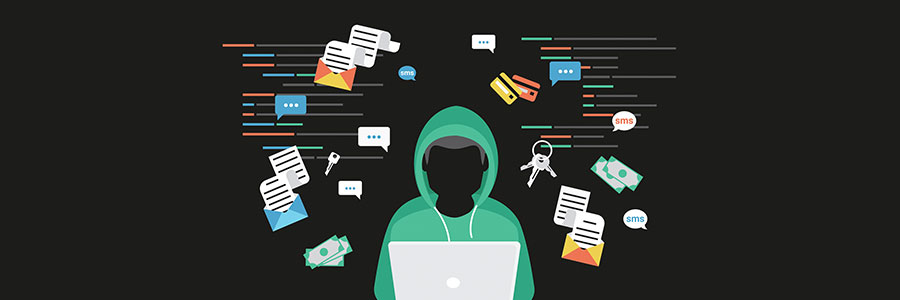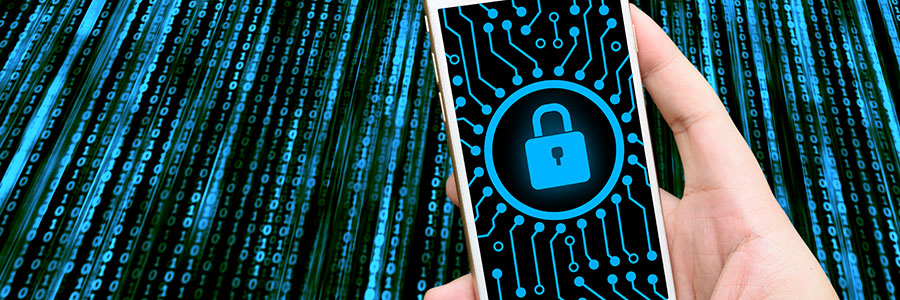Imagine you’ve been hit by a Cyber Attack. Your network is locked by ransomware and all your data is compromised. What now? Many people rely on their backups as a way to restore their data.


Imagine you’ve been hit by a Cyber Attack. Your network is locked by ransomware and all your data is compromised. What now? Many people rely on their backups as a way to restore their data.

In August of 2021, CISA added “Single Factor Authentication” to its list of practices it considers “exceptionally risky” as it exposes you to an “unnecessary risk from threat actors”. As a result, you may start to see requests from multiple sources to implement multi-factor authentication (MFA) strategies.

I watch a lot of Cybersecurity presentations. Ransomware is on everyone’s lips as a major concern. Here are two interesting tidbits of information. Many Law Enforcement Agencies and CyberSecurity Analysts are now recommending that if you don’t pay the ransom, you keep your encrypted data and backups anyway.

Perhaps you’ve heard the story of the young girl walking along the seashore, who noticed hundreds of starfish that had washed up along the beach with the incoming tide. Knowing they would soon dry out in the hot sun and die, she quickly started picking them up and throwing them back into the sea.

Today’s Internet and network security environment is very different from what it was just a few short years ago. As we’ve discussed, legacy tools, basic firewalls, and basic anti-virus/malware are no longer sufficient to keep your network safe.

Have you ever been part of a group where a leader has not been clearly identified? It takes twice as long to get anything done and arguing and conflict are the order of the day. Cybersecurity in your district works the same way.

In October 1993 I was sitting in a van in dusty Nmanga, Kenya. Nmanga was the only legal border crossing between Kenya and Tanzania. It is next to Amboseli National Park and just to the West of Mount Kilimanjaro. My guide instructed our group to wait in the van with the windows up and the […]

Everyone knows the adage “No one is perfect”. Unfortunately for anyone with a computer network, the bad actors who want to infiltrate your system are ready to take full advantage of any mistake they can find. Cyber security is a constant competition between software/code developers and bad actors.

Last week we talked about how one weak link can open the door to a Cyber Incident. We discussed the weak link of old, unused user IDs remaining in your network. Today we will discuss the potential weak link in Malware Protection.

There is a new critical security issue that affects web browsers as well as other software that use something called libwebp. This feels a whole lot like the LOG4J vulnerability because libwebp is not an application you can see, but rather an embedded module in other applications.